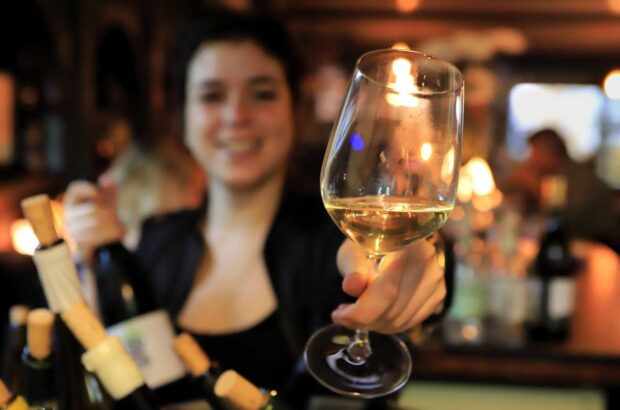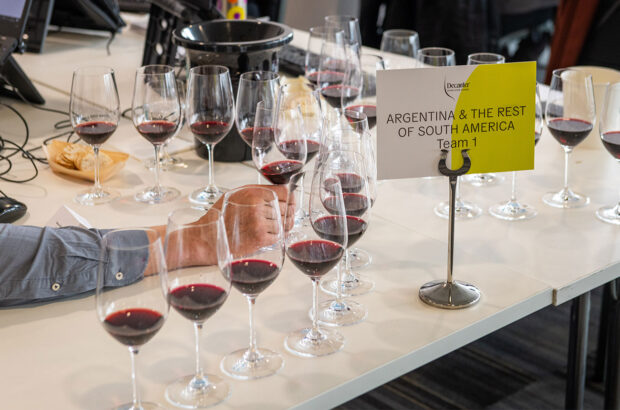Veuve Clicquot has buried 300 bottles and 50 magnums of its Champagne in the Baltic Sea in an ageing experiment designed to commemorate the discovery of shipwrecked bottles in the same area in 2010.
Dominique Demarville (right) and Cyril Brun (Veuve Clicquot winemaker) prepare to sink Champagne
The Champagne cache has been buried 43 metres deep near the privately owned island of Silverska in the Aland archipelago off the Finland coast.
Several wineries have experimented with underwater ageing in recent years, including Mira winery in the US and Larrivet Haut-Brion in Bordeaux.
Veuve Clicquot’s experiment takes place in the same area that 168 bottles of Champagne were discovered in a shipwreck in 2010. The haul included Veuve Clicquot vintages dating back to 1839.
A mix of Clicquot Yellow Label Brut, Rosé Vintage 2004 and Demi-Sec was last week lowered into the sea by crane in a specially constructed metal cage.
‘The idea,’ said Veuve Clicquot’s chief winemaker, Dominique Demarville, ‘is to try and replicate the [2010] discovery by sinking a selection of various cuvees to the seabed to see how the wine ages when compared with the same wines in Clicquot’s own cellars in Reims.
‘The sea remains at a pretty constant four degrees celsius compared to our cellar’s 11 degrees,’ said Demarville. ‘And at that depth the pressure of around 5 atmospheres is very close to the pressure inside the bottles.’
Champagne experts will be invited to compare the seabed Champagne with the bottles in Veuve Clicquot’s cellars in two or three years.
Written by Giles Fallowfield







